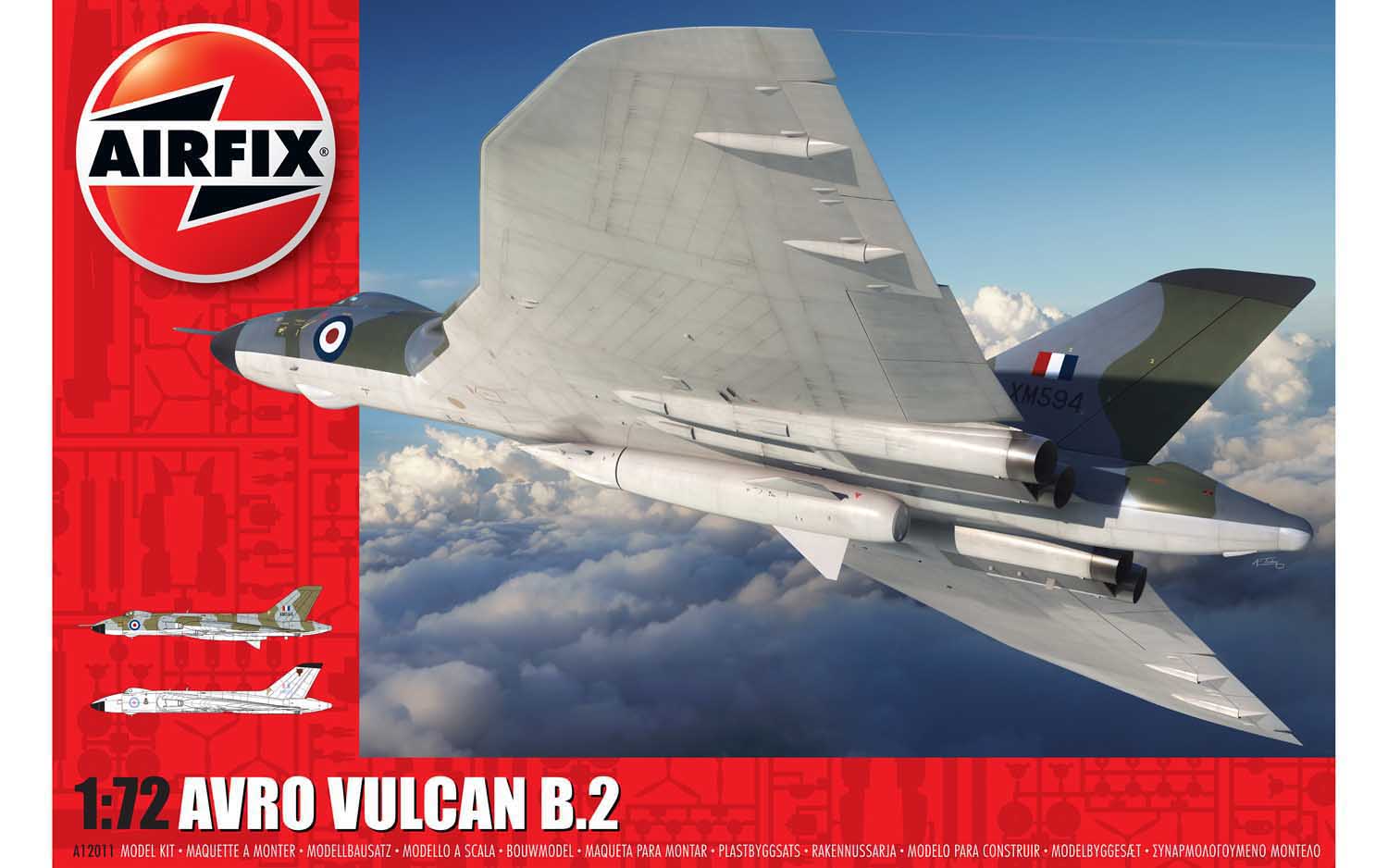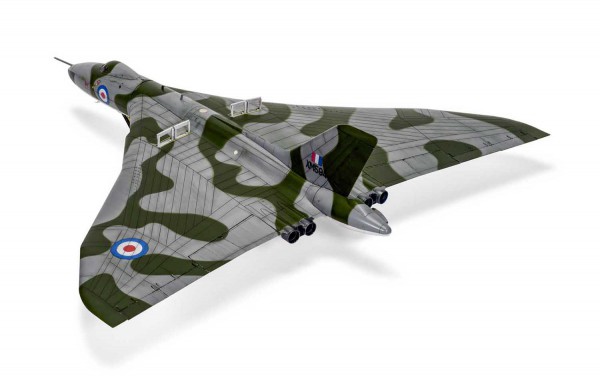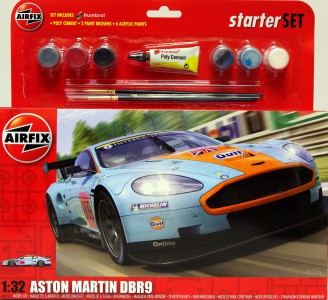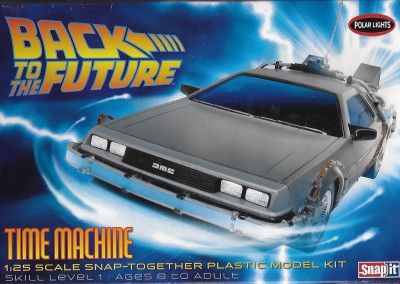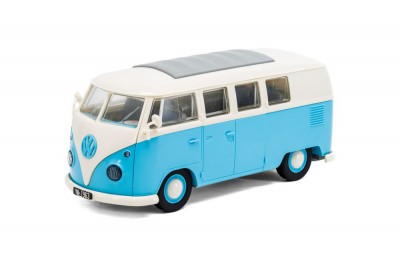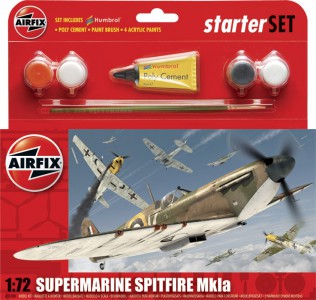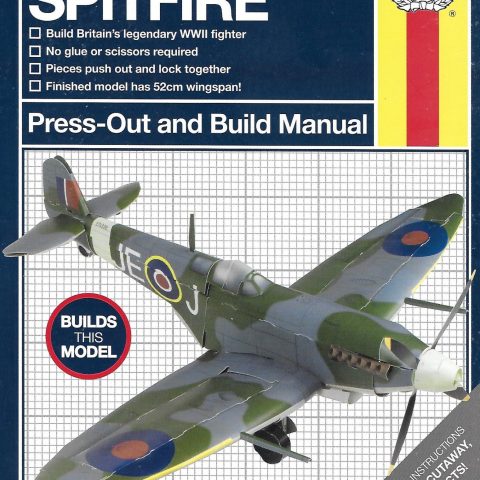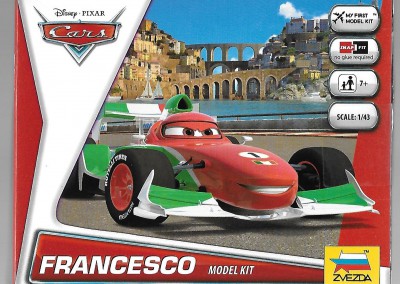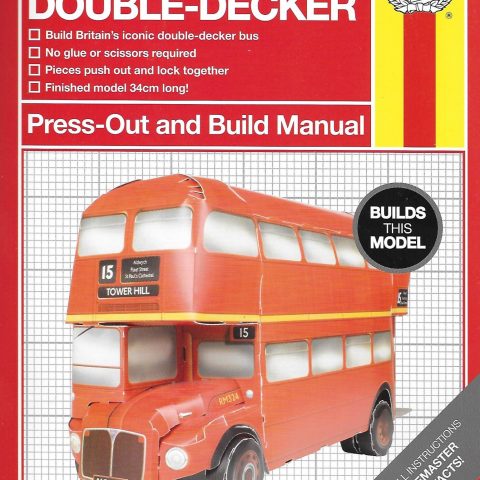AIRFIX A12011 – Avro Vulcan B.Mk.2 –
A – Avro Vulcan B.Mk.2, The Scampton Wing (Nos 27, 83 and 617 Squadrons), Royal Air Force Scampton, Lincolnshire, England 1966. Aircraft currently preserved at the NewarkAir Museum.
B – Avro Vulcan B.Mk.2, No. 12 Squadron, Royal Air Force Coningsby, Lincolnshire, England, 1963. Nose section now preserved at the Avro Heritage Museum.
- 1:72 scale – Length 450mm – Width 470mm –
- Skill level 3 of 4 – 277 parts –
- 4 x Airfix flying hours
Humbrol or alternative paints recommended for basic painting
- A+B – 11, 24, 25, 26, 33, 53, 60, 62, 63, 72, 78, 85, 103, 130, 154, 163
- A – 165
- B – 75
A – From the mid 1960s, Scampton’s Vulcans gave up their iconic white anti-flash paint scheme for one which featured standard RAF camouflage on all upper surfaces, reflecting the tactical change from high to low altitude operations. Significant advances in Soviet SAM missile capability meant that Vulcan crews could no longer be expected to safely conduct their original high altitude Blue Steel delivery missions and were forced to ‘head for the deck’.
B – As the massive construction hangar doors at Avro’s Woodford factory aerodrome were pushed open on 30th August 1952 and Avro Vulcan prototype VX770 was wheeled out onto the hardstanding, she must have made for an awe-inspiring sight. Looking absolutely resplendent in its all-over white ‘Anti-Flash’ paint finish and proudly wearing its Royal Air Force insignia, what the Avro engineers had managed to produce was not only the world’s first delta bomber, but also the most advanced bomber in the world at that time.

